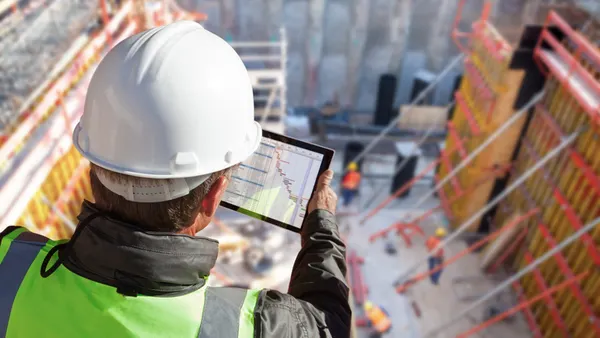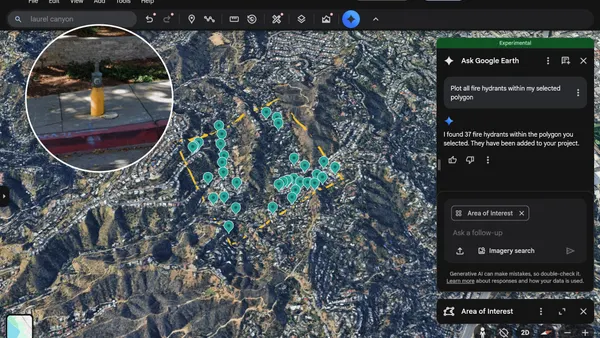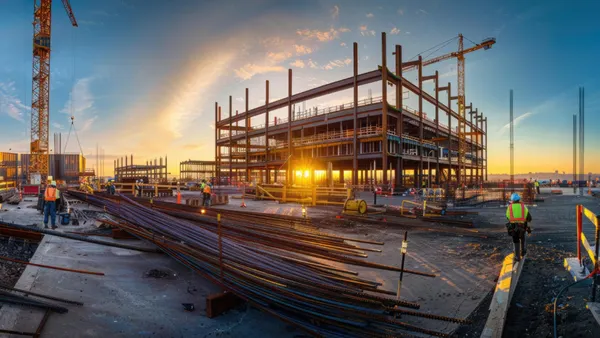Dive Brief:
- A precast concrete company based in Pennsylvania has integrated augmented reality (AR) technology into its building information modeling program, and the move has already allowed it and one of its customers to save time and money on a pedestrian bridge design, according to the Central Penn Business Journal.
- High Concrete Group, a division of High Companies based in Lancaster, Pennsylvania, was working with the architect working on a Villanova University bridge when the Microsoft HoloLens-enabled system revealed that design elements that are usually in place to ensure there are no nesting of birds, for example, had been omitted. If the oversight had been left unaddressed, birds would have likely nested in a sheltered surface, forcing the university to pay more for the appropriate features or have to deal with the damage that roosting birds leave behind.
- The AR component allows High Concrete, architects, general contractors and owners to see the finished design in 3D, right down to concrete finish and texture. In the future, the contractor plans to use AR for production checks and quality control.
Dive Insight:
The construction industry is starting to embrace augmented reality and virtual reality, but their use hasn't yet become widespread, most likely because of the perceived cost of implementation and a technology comfort-level gap, albeit a narrowing one.
But it could be that contractors that have chosen not to adopt this technology are overlooking a savings potential that could outpace the cost of implementation. Like High Concrete, contractors could use the technology to avoid costly design errors. Unlike the Villanova bridge, however, oftentimes contractors or architects cannot look to the owner to reimburse the extra costs of omissions or design clashes. According to Jeff Jacobson, head of VR and AR specialty firm eterprisevr.com, and Jim Dray, chief information officer at Thornton Tomasetti, building information modeling systems are adequate for sorting out errors, but AR and VR can offer up a more complete picture of a project, filling in the design gaps and further reducing risk.
In addition to process improvements, virtual reality has the potential to keep those who work on jobsites safer. Last month, the American Society of Safety Professionals rolled out its Fall Protection Experience app, which uses virtual reality to simulate high-risk construction environments and prompts users to identify fall hazards. Users can also put together their own fall protection system, learning about safety issues like fall clearance, anchor points and material types and strengths along the way.










